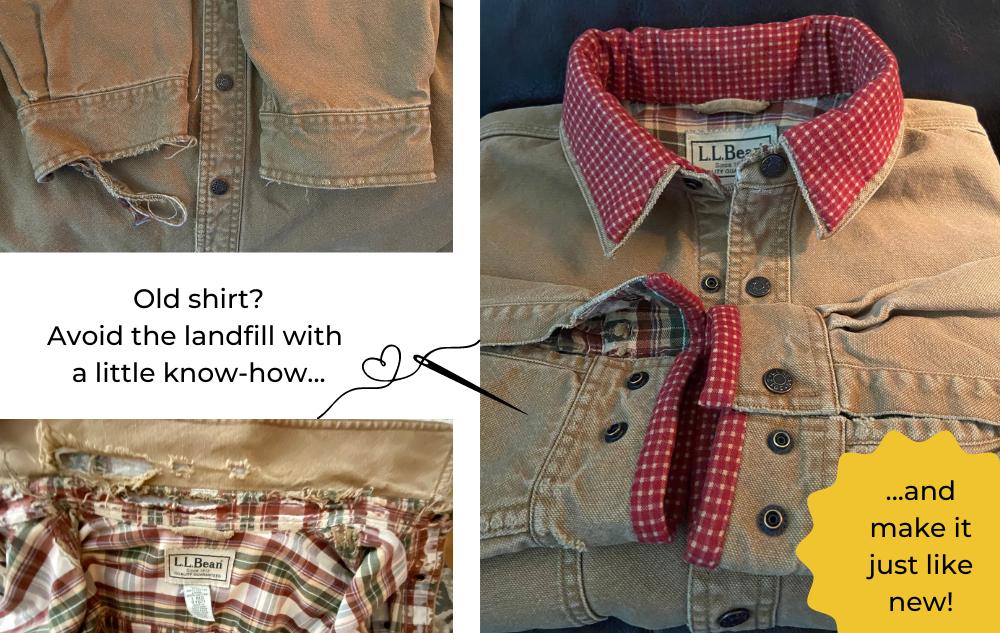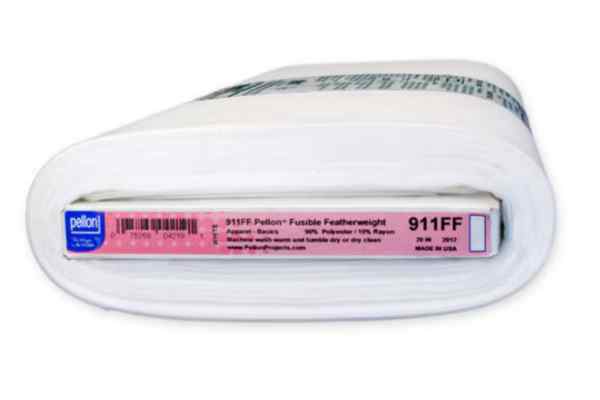In today’s fast-paced world, it’s easy to toss worn-out clothes aside and replace them with something new. But what if instead of discarding them, we gave them a second life? That’s exactly what I did with an old, well-loved shirt that seemed destined for the landfill. In this blog, I’ll walk you through how a few simple repairs turned a tattered shirt into a stylish, sustainable staple that’s just like new.
By choosing to mend rather than dispose of clothing, we not only save money but also help reduce textile waste.
Repairing or upcycling just one item can have a positive environmental impact. My journey to save this shirt proves that with a little creativity and effort, we can extend the life of our clothing and make a meaningful difference in our planet’s future.
I recently repaired a vintage L.L.Bean flannel-lined work shirt and made it like new again! The shirt was heavily worn and fraying on the collar and cuffs. My partner felt it was in too rough a shape to wear, sell, or donate. But I knew that with a little creativity, I could give new life to this well-worn piece of clothing. I did not want to add to the tons of textile waste in landfills, so I challenged myself to extend the life of this garment.
I gathered ideas for how to restore the shirt and took an assessment of the scraps of fabric I kept from previous sewing projects. Then, I consulted a few sewing books and devised my plan.
Here are the steps I took to repair my partner’s flannel-lined work shirt (no sewing machine required!):
- I purchased a six-inch-wide fusible featherweight interface from Joann Fabrics. This interface fuses to any knit fabric to make it more durable.
- Then, I created a pattern template by tracing the collar and cuffs on a piece of paper.
- Next, I cut the fabric and interface to my template dimensions, adding a quarter-inch allowance.
- I ironed the interfacing to the wrong side of the flannel material on a wool/steam setting. Using my iron, I pressed down firmly for ten seconds, as the directions suggested. I then checked to ensure that the interfacing and flannel material adhered together.
- I then folded a quarter-inch seam allowance on the fabric and pressed it with the iron. This makes it easier to pin and sew the fused fabric onto the piece of clothing you are repairing.
- Finally, I finished by hand-sewing the shirt using a blind stitch, removing the straight pins as I went along.
Fusible interface from Joann Fabrics
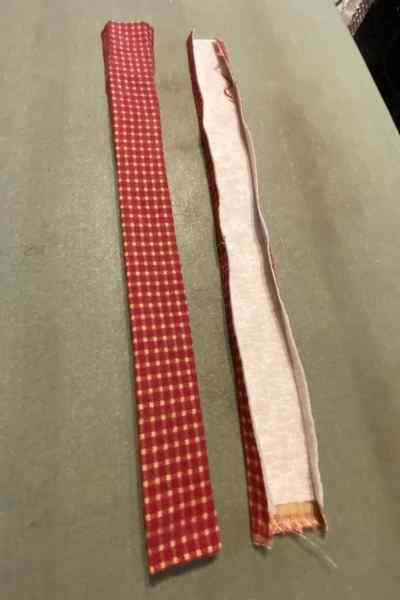
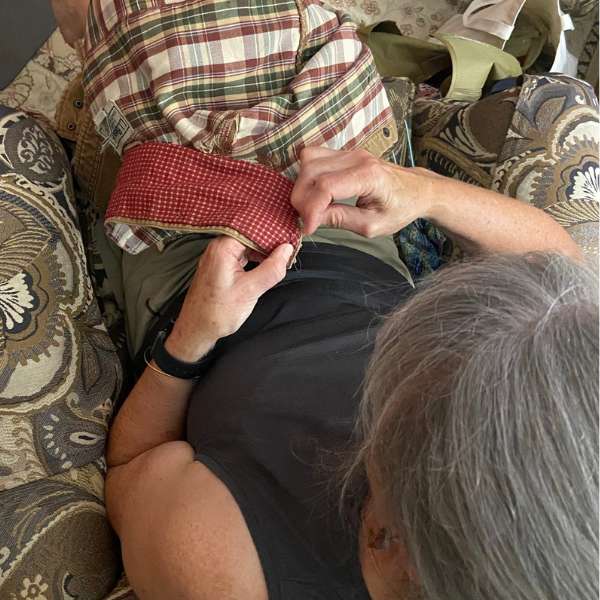
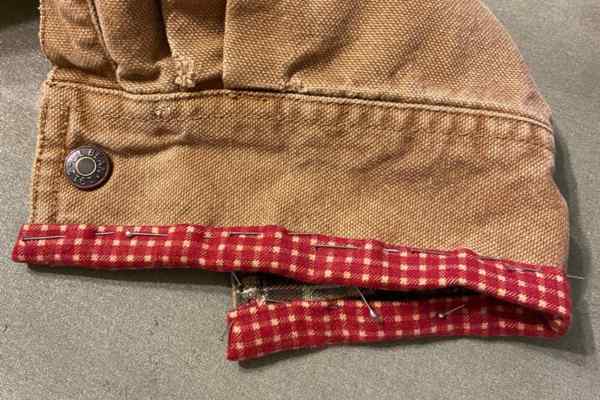
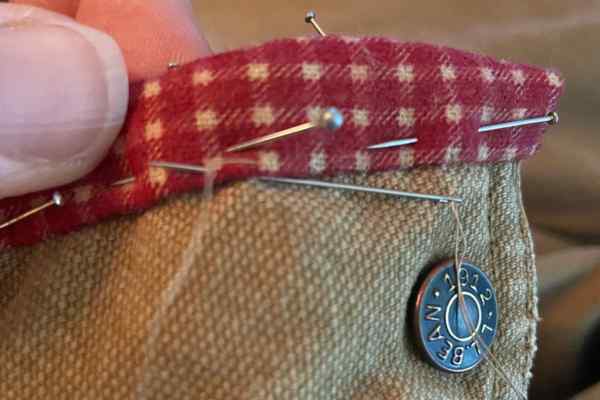
I was proud that my creativity and resourcefulness helped save one more article of clothing from the landfill. My partner was thrilled to see his favorite shirt transformed.
Yes, you can repair worn clothing too!
If you’re not a confident seamstress, there are plenty of resources to help. Check out your local library for sewing books that can walk you through how to repurpose your clothing. There’s also an array of DIY videos online to help you creatively repair your favorite wearable!
So…what will you save from the landfill?
With a little effort and some can-do attitude, you can do it too! We would love to hear how you made a favorite apparel piece just like new. Share your repurposing success stories with the One Planet Life community on our app today!

Written by Yvonne Dwyer
Master Naturalist and OPL Content Contributor
“It is truly an honor for me to be a contributor to One Planet Life. By sharing my experiences and lifetime of learning, I hope to inspire conservation, sustainability, stewardship, and awareness of enjoying the natural wonders of the world for the wellbeing of people and the planet.”

